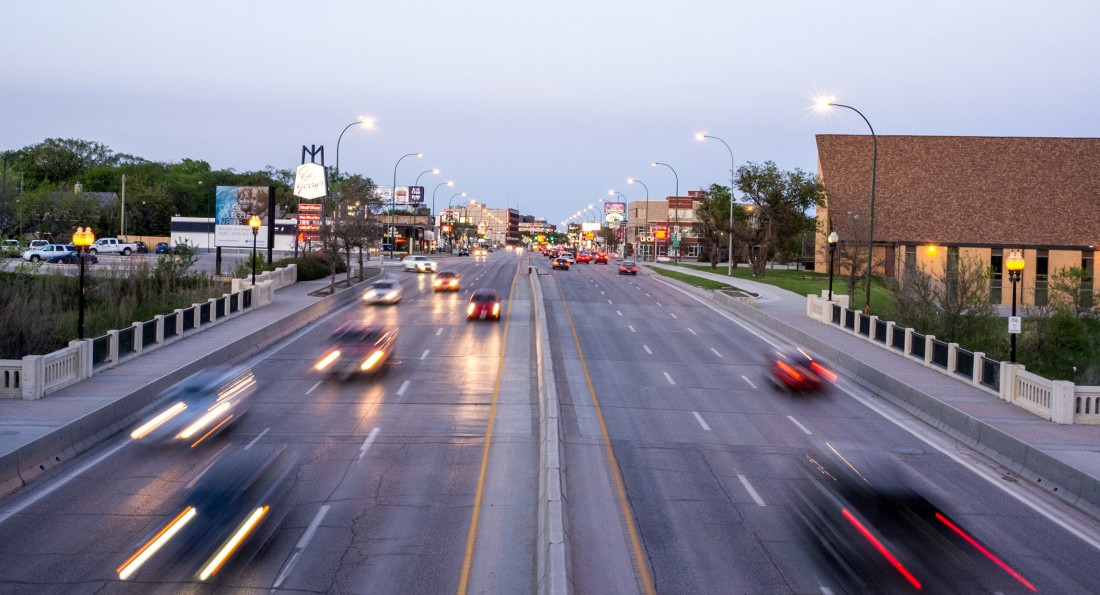To err is to be human
Technology should be an aid, never a crutch
The City of Winnipeg will take proactive steps to prepare for self-driving vehicles, but there are many reasons to question how great this technology really is.
Having logged over 1.5 million miles with its prototypes, Google promotes self-driving vehicles as providing greater independence to drivers, as these cars often permit road access to people who would otherwise be unable to drive. They also say the cars will provide greater safety on the road, claiming that between 1.3 and 1.5 million people are killed each year in collisions, 94 per cent of which were the result of human error.
Yet the main concern with self-driving cars may be identical to the reason for promoting them: human error.
Without a doubt, good driving takes practice. It’s a skill that will always be shaped by the technology of the day. The shift from manual to automatic transmissions saw a clear division in drivers’ abilities: Those who could drive stick and those who could not.
In the same way, computer-based perception technologies allow drivers to let their skills atrophy. Back-up cameras, lane departure warnings and blind spot monitors are helpful in making driving easier, but that’s precisely the problem.
Using perception technologies, there is less of a challenge parking in tight spaces, texting and driving is safer if your car will warn you when you start to drift and monitoring your blind spot is probably less dangerous than taking your eyes off the road. Of course, that is, until something doesn’t work.
When software technology begins to reach the end of its lifecycle, it may run slower or have difficulty processing inputs. This is probably fine if the driver knows how to drive, but if their skills have dulled with lack of use, trusting the car may be just about the most dangerous thing someone could do.
Opinion polling has recently found that, while many Americans see self-driving vehicles as the future, 80 per cent believe that the option to drive manually should still be available.
Yet having more technology drivers can trust, and eventually vehicles that passengers can trust, erodes drivers’ skillsets and builds reliance on technology.
Self-driving vehicles also represent a paradigm shift for legislation such as the Manitoba Highway Traffic Act, which governs vehicles, drivers, licensing, equipment, accidents, insurance policies and the rules of the road.
If a car can drive itself, is there any reason for a legal driving age, limits to blood alcohol content or prohibitions against using a cellphone?
Is Telsa Motors criminally responsible for the death of Joshua Brown, who was killed when his self-driving car misinterpreted light reflecting off a semi-trailer as sunlight and proceeded under the 18-wheeler? This accident would not have happened with a human driver.
Beyond this, human error exists in anything created by humans. Without even considering the potential for hacking and cyber-terrorism, self-driving cars cannot be perfect.
A world where driver training exists because drivers need basic skills is a world where human error is part of safety. Building the skillset to be a competent driver makes everyone around you safer, and deferring to technology is a risky game.
Jesse Blackman thinks he’s good behind the wheel, but don’t ask about his Driver Safety Rating.
Published in Volume 71, Number 5 of The Uniter (October 6, 2016)







